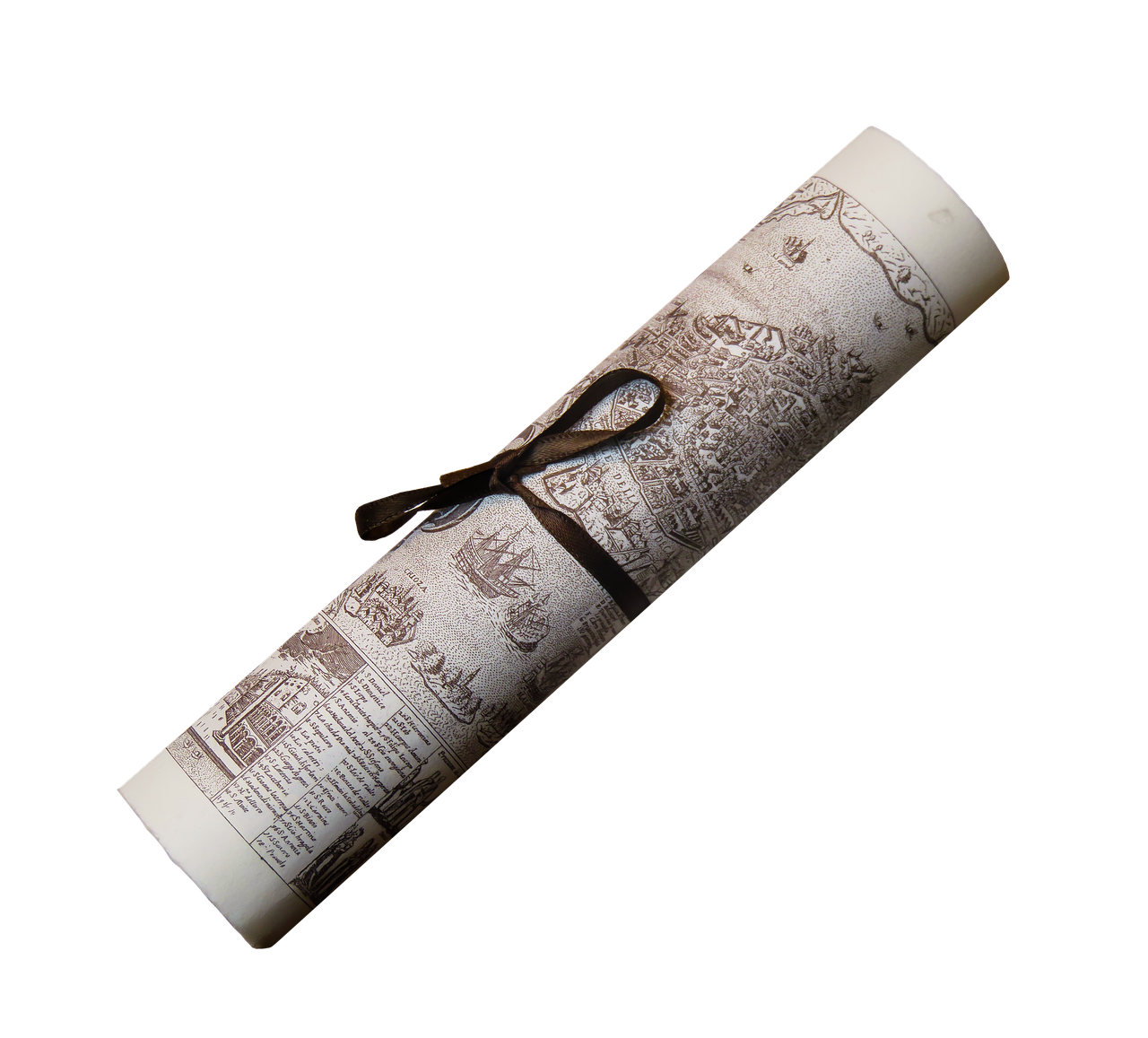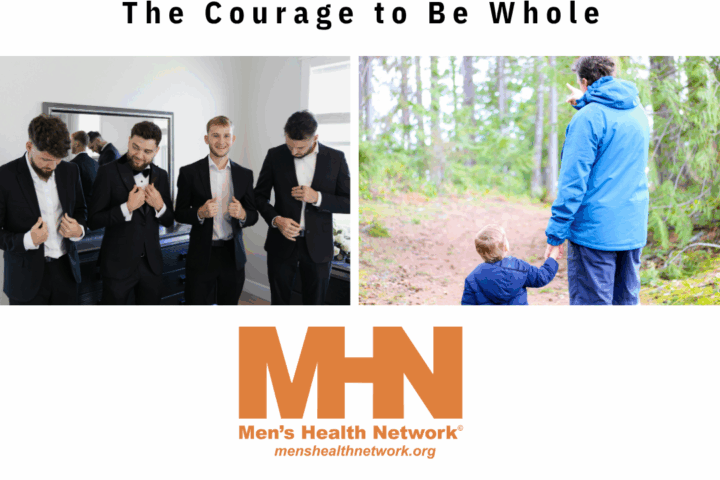There’s a lot of focus on men these days, much of it negative. Many are concerned about the harm men cause to women, children, and other men. Others are concerned about the problems men cause to themselves. My work over the years has been to help men answer three questions that we all need to address before we die:
Did I live a fully authentic life?
Did I love deeply and well?
Did I make a positive difference in the world?
In order to answer “yes” to these questions, I believe we have to understand why men are the way they are. We have to understand the roots of our maleness. I believe this will not only help men, but also will help women better understand men and also better understand themselves.
Understanding the biological and evolutionary basis of our maleness in no way discounts the fact that there are also psychological, social, and cultural differences that are important as well. Nature and nurture can never be separated. They are now, and forever, united.
My introduction to men’s work began when I was four years old. I announced that I was tired of my white baby shoes and I wanted “big boy shoes.” My mother dutifully took me to a shoe store and I was entranced by the colors and variety available. It was like going from a world of black and white and discovering technicolor. I wandered past all the shoes looking at each pair until my eyes lit up.
“Mommy, mommy, I want those.” I was jumping up and down and pointing to the most beautiful shoes I had ever seen. They were red Keds. I waited for the salesman to bring out my shoes from the back, but when he opened the box, they were blue, not red.
“Red is for girls,” he told me and smiled at my mother. “Blue is for boys.” That seemed to settle things in his mind. I thought about that for a second and a half. I had never heard of colors being assigned by sex. I had thought all shoes were white until recently. But even as a small child, I knew what I liked.
In my first act of gender rebellion, I insisted on the red Keds and my mother backed me up. Ever since that time I’ve been interested in issues of sex and gender and what it means to be male.
A manifesto, according to the dictionary, is a public declaration of intentions, opinions, objectives, or motives. As I approach my 76th birthday in December, 2019, I realize that I’m in the 4th quarter of my productive life and if I’m going to make a public declaration, the time is now.
I’ve added endnotes so you can see where my assertions come from. You may agree or disagree with my perspective, but I want you to know where I have gotten the information. You may want to consult these sources as well. This is a 6-Part series, which I’ll share one at a time. If you’d like a copy of the full Manifesto, drop me a note to [email protected] (be sure and respond to my spamarrest filter so your email comes to my in-box. Put “full Manifesto” in the subject line.
Let me be clear. What I will share about males and females are generalizations. A generalization, by definition, applies to the majority within a population, allowing plenty of room for individual exceptions. If I told you that men are taller than women, you would recognize that this is not true of all men. As a 5’5’’ guy, I’m very aware that this is a generalization–though I still wish I could magically become an undersized 6’5” basketball player.
Yet, the generalizations can tell us a lot about who we are and why we evolved the thoughts, feelings, and behaviors that make us who we are. Because men tend to be a certain way does not mean that men are better than women or that these qualities are fixed and can’t change. They just tell the truth about the nature of male and female.
As you’ll learn, some generalizations apply to a larger segment of the population than others. The generalization that males have an XY pair of chromosomes while females have an XX pair applies to more of the population than the generalization that males are taller than females. This manifesto won’t offer absolutes, but will offer helpful guidance to better understand who we are.
The Promise I Made to My Son
It was a cold night in November. My wife and I were expecting our first child and we were in Kaiser hospital in Vallejo, California. After coaching my wife through the breathing techniques, we had learned in our Lamaze childbirth classes, the time was close. “Mrs. Diamond, it’s time to take you into the delivery room,” the nurse said to my wife who was definitely relieved after 12 hours of labor. “Mr. Diamond, it’s time for you to wait in the waiting room. We’ll let you know when the baby arrives.
I knew the rules and talked towards the waiting room doors. But something stopped me. I felt I was hearing the sound of my unborn son whispering in my ear. “I don’t want a waiting-room father. Your place is here with us.” I turned around and marched into the delivery room. There was no question of being asked to leave. My son had called and I was there.
Soon after, Jemal was born. He was handed to me and amid tears of relief and joy, I made a promise that I would be a different kind of father than my father was able to be for me and I would do everything I could to bring about a world where fathers were fully involved with their families throughout their lives.
My Wife’s Challenge to Write a Book About The Gift of Maleness
Beginning in 1983 with the publication of Inside Out: Becoming My Own Man, writing has been my way of making sense of my world. When my 15th book, My Distant Dad: Healing the Family Father Wound was published in 2018 I thought I had completed my writing career. I wanted to do more mentoring, teaching, training, and travelling. I told my wife, Carlin, and thought she’d be pleased that I wasn’t going to start working on another book.
But her response surprised me. “I think you have at least one more book you need to write,” she said. “You’ve devoted your life to helping men and their families, but things are so confused and conflicted these days, I think you need to write a book about the gift of maleness to let men and women know what’s good about men underneath the armoring society demands that you put on.”
I’ve just completed writing that book–12 Rules for Good Men.[i] It brings together the best of what I’ve learned over the last 50 years. The book will be available on November, 21, 2019, Jemal’s 50th birthday. Here are the Rules:
Rule #1: Join a Men’s Group.
Rule #2: Break Free From the Man Box.
Rule #3: Accept the Gift of Maleness.
Rule #4: Embrace Your Billion-Year History of Maleness.
Rule #5: Understand Your Anger and Fear Towards Women.
Rule #6: Learn The Secrets of Real Lasting Love.
Rule #7: Undergo Meaningful Rites of Passage from Youth to Adulthood and from Adulthood to Super Adulthood.
Rule #8: Celebrate Your True Warrior Spirit and Learn Why Males Duel and Females Duet.
Rule #9: Understand and Heal Your Adverse Childhood Experiences and Male Attachment Disorders.
Rule #10: Heal Your Father Wound and Become the Father You Were Meant to Be.
Rule #11: Treat the Irritable Male Syndrome and Male-Type Depression.
Rule #12: Find Your Mission in Life and Do Your Part to Save Humanity.
I look forward to your comments and questions. I hope you’ll read the full Good Men Manifesto. If you’d like a copy of the whole thing, drop me a note to [email protected]. Put “Full Manifesto” in the subject line. If you’d like more information about the new book, 12 Rules for Good Men, let me know and I’ll send you the latest information.
[i] Jed Diamond. 12 Rules for Good Men. Waterside Productions, 2019.
This article first appeared on Jed’s blog.
Image by Gerhard Gellinger from Pixabay



